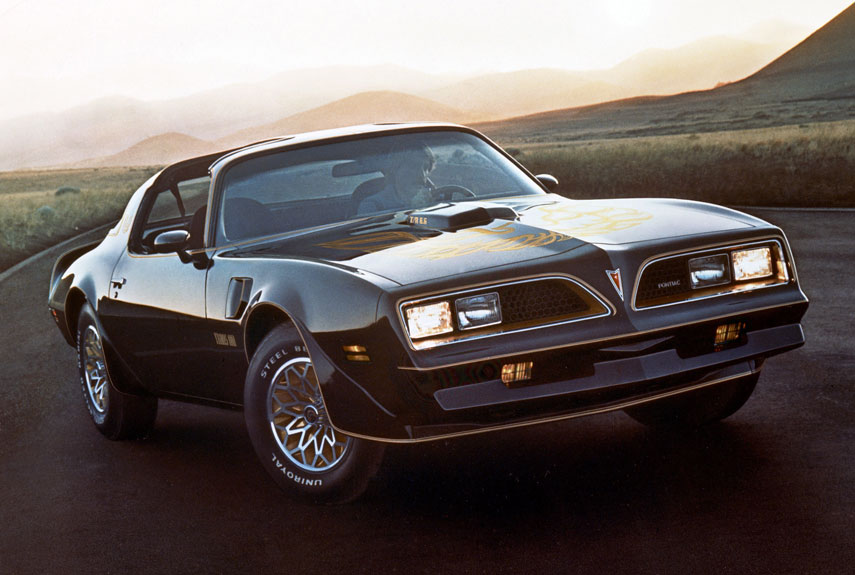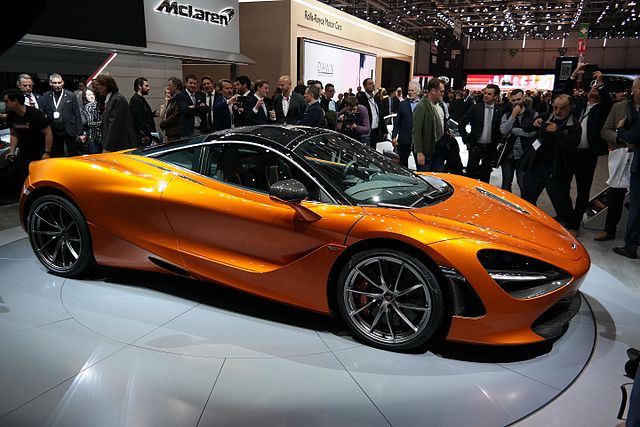Variable Speed Turbochargers

Not long ago, turbocharging was something associated with performance cars. Not anymore. Turbocharging is used on standard models today because it allows manufacturers to use smaller displacement engines than would ordinarily be necessary. The advantage to smaller engines is better fuel economy and tighter emissions. Regular, fixed-speed turbochargers are still being used but a new breed has appeared: Variable Speed Turbochargers.
How standard turbochargers work
Standard turbochargers are basically powerful air pumps that are driven by engine exhaust gases. They use the pump mechanism to drive air into the engine cylinders. The result is that automotive engineers can get more power and higher efficiency out of a given size engine. It is interesting to note that standard turbochargers are actually technology that dates back more than 100 years or so.
Very popular today
As we mentioned before, considerable emphasis is being placed on turbocharging these days, not just for performance reasons but for increased fuel economy and better emissions. This is because turbocharging allows engineers to power cars with smaller, better performing engines.
A new twist: variable speed turbochargers
The problem with regular turbochargers is that they spin at a speed that is related to the velocity of the exhaust gases being emitted. Unfortunately, this RPM might not be the optimum for the engine. That’s why the concept of variable turbocharging is drawing so much attention. With variable speed turbocharging, engineers can optimize the amount of boost that comes out of a turbocharger so maximum power and efficiency are obtained over a wide range of engine RPM.
Who makes variable speed turbochargers
Patrick Mini of Schaumburg, IL, a well-known Mini dealer, says one of the first to make a variable speed turbocharger is Antonov Corporation. They introduced the world’s first 2-speed supercharger at the 2006 Global Powertrain Congress. Featuring an automatic-shifting 2-speed drive system for centrifugal superchargers, it was received well.
Designed for the aftermarket, ProCharger Corporation offered introduced their variable speed i-1 supercharger just a few years ago. The i-1 supercharger uses a Continuously Variable Transmission (CVT) between the driven pulley and a centrifugal supercharger shaft. An electric motor is used to alter the pulley sizes, effectively changing the drive ratio between the engine and supercharger.
The Torotrak V-Charge is designed for OEM applications where the vehicles ECU would have complete control over the supercharger with an extremely wide range of rpm and boost capabilities. The V-Charge leverages Torotrak’s expertise in gearless traction drives to develop a variable-speed drive that turns the supercharger. Company officials say the V-Charge “delivers from 0 to 95 percent of target torque in just 400 milliseconds.”




